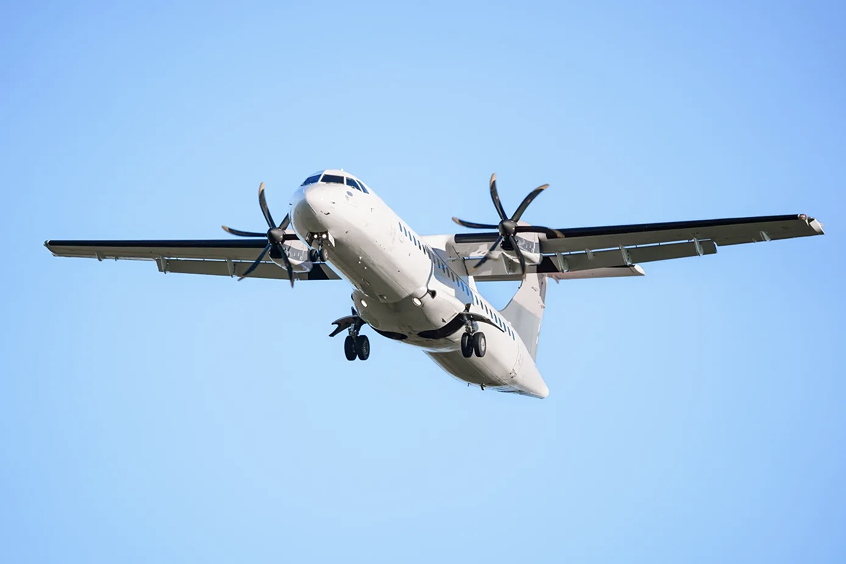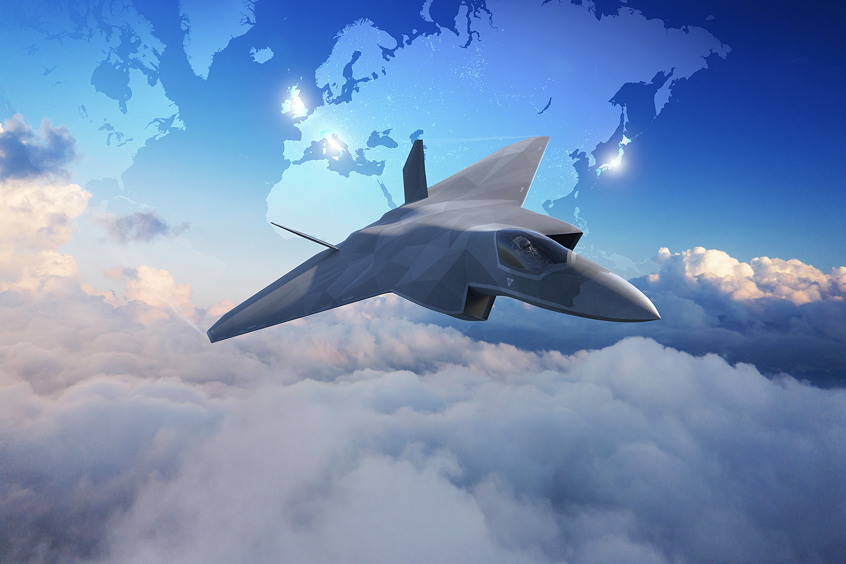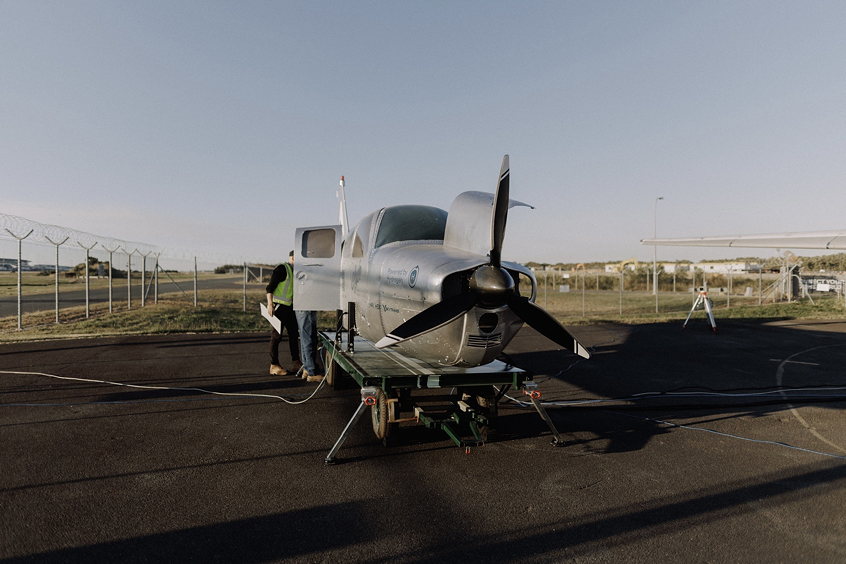Radian Aerospace, developer of the world's first fully reusable, horizontal takeoff and landing, single-stage-to-orbit (SSTO) spaceplane, has completed the first round of ground taxi tests with its prototype flight vehicle, PFV01. These tests mark an important step forward in the company's prototype test program as it progresses toward the development of the Radian One spaceplane.
The ground tests, conducted in Abu Dhabi, were designed to assess the low-speed takeoff and landing characteristics of the vehicle, including handling and yaw stability. PFV01, a prototype with the same aerodynamic profile as Radian's AV09 design iteration, performed a series of pitch-up manoeuvers and short hops, collecting critical data from integrated telemetry systems.
"These successful tests represent an early but significant step in our broader journey to bring Radian One to market," says Richard Humphrey, co-founder and CEO of Radian. "While we know there is much work ahead, each step in our robust test program brings us closer to transforming access to space with rapid, reusable, and cost-effective transport to low Earth orbit. This achievement underscores the dedication of our team and the potential of our technology as we continue to advance through the next phases of development."
During these tests, Radian's engineering team focused on tuning the flight control systems and assessing the alignment of the real-world data to analytical predictions. The prototype was fitted with various telemetry systems to monitor key parameters, including stability and control metrics.
"We've made substantial technical progress with PFV01," says Livingston Holder, co-founder and CTO of Radian. "Validating our aerodynamic analysis allows us to better define our shape by systematically de-risking critical elements of our spaceplane's design. The ability to collect and analyze real-world data from our initial ground tests is providing key insights into the vehicle's aerodynamic performance and stability that will drive the design of future prototypes and Radian One."
Among the achievements to date, Radian has successfully manufactured the composite PFV01 and developed the tools necessary to analyze data in real time with integrated flight sensors. Looking ahead, Radian plans to conduct the next series of tests in the coming months from a longer runway in the region that will allow sustained flight at higher speeds. These tests will expand the flight envelope and provide additional data for the company's agile, iterative design process. PFV01 will serve as a platform to evaluate higher-risk design challenges for Radian One, informing design decisions based on real-world performance.
As Radian continues its prototype flight vehicle campaign, future test vehicles will address key challenges such as sled separation aerodynamics, rocket engine integration, and control surface optimization.
| Contact details from our directory: | |
| Radian Aerospace | Airframer |
| Related aircraft programs: |
| Radian One |
Weekly news by email:
See the latest Bulletin, and sign up free‑of‑charge for future editions.

Airbus Atlantic commits to EPI for metallic ATR components
Boeing commits to expand in Charleston County

GCAP partners agree to go ahead with next gen combat aircraft
